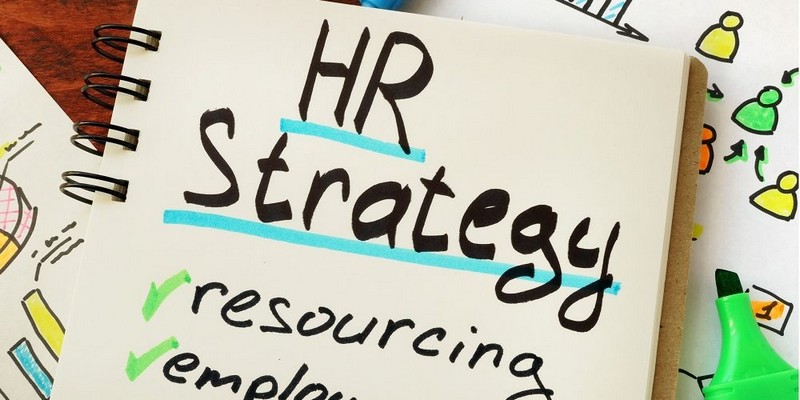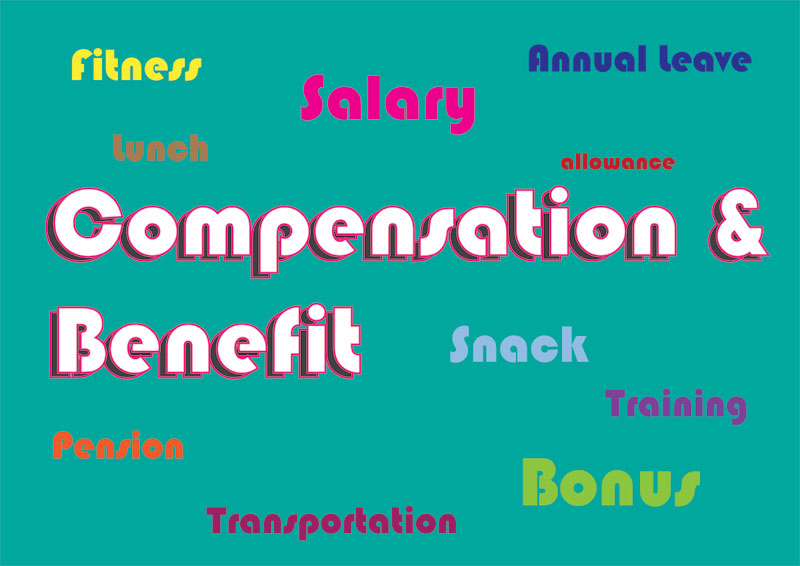By: Tanya Harris, SHRM-SCP, PMP
How often have you sat in a “strategic planning” session and have heard the phrase, “Measure what is measurable and make measurable what is not so?
Many HR professionals and business leaders have heard and even reference the quote penned by Galileo. The truth is that if your organization is expecting to win in terms of the triple bottom line (people, profits, planet) and to have a sustainable competitive advantage, your leaders must find a way to measure what counts. Simply, Human Capital Management involves the quantification of the economic value of people in both your financial accounting and management terms.
From a strategic and tactical perspective, your organization’s Human Capital Management strategy should focus on connecting people-management policies to the unique way your organization creates value. By doing so, it becomes a key to strategy creation and execution. The complexity of accurately measuring value has led to a proliferation of performance metrics, often leading to confusion, duplication, and HRIS reporting nightmare. Those responsible for determining goals, objectives, and metrics, should participate in a calibration or consensus-building process that identifies key performance goals focusing on outcomes that enhance value. Once the primary targets have been defined, metrics that measure these goals can be established.
Organizational and HR Strategy
Strategy drives all allocation of resources, people, processes, and technology acquisition or usage; as well, should determine what projects your organization select and execute to accomplish its strategic objectives. Your organizations’ Human Capital (people system) is the most vital asset that your organization have or can acquire to deliver successful strategy execution.
What does this mean for your human resource partners? Unfortunately, despite the increased involvement in executing and developing organizational strategy, the perception of the HR partner as administrative still exist. This perception will continue until human resources business partners (HRBP) steadily focus on initiatives that place them in full strategic partnership with other key decision makers within the business. Therefore, by creating an HR strategy that parallels and facilitates the implementation of the organizational strategy, HR can assure its position as one of the drivers of strategy by using measures that matter to support key performance drivers and drivers of financial outcomes.
What is an HR strategy and how is it formulated?
An HR strategy refers to the processes, decisions, and choices organizations make regarding how they manage their people system. HR strategies are often formulated to align with the organization’s strategy, by creating the capacity in the workforce (human capital) and how it is organized that is necessary to achieve the organization’s strategic objectives. An article from the Society of Human Resource Management (SHRM), provides a checklist to help HR professionals measure their behavior as an HR strategic partner in the formulation of strategy. A few questions to consider are:
How do you engage in strategic business activities?
Do you:
- Help identify or design strategy options
- Help plan implementation of the strategy
- Help identify new business opportunities
- Assess the organization’s readiness to implement strategies
- Help design the organizational structure to implement a strategy
- Assess possible merger, acquisition or divestiture strategies
- Work with the corporate board on business strategy
Research findings by Cascio & Boudreau (2014) suggest that an HR strategy requires a focus on planned major changes in the organization and on critical issues such as the following:
- What are the HR implications of the proposed organizational strategies?
- What are the possible external constraints and requirements?
- What are the implications for management practices, management development, and management succession?
- What can be done in the short term to prepare for longer-term needs?
If as an HR leader, you and your team are not engaged in the activities indicated, it may be time to re-evaluate your value proposition to the organization.
The HR Scorecard—The Link Between Business Strategy and HR Practices
“What gets measured gets managed.”
According to the Balanced Scorecard Institute,
“The Balanced Scorecard (BSC) was originally developed by Dr. Robert Kaplan of Harvard University and Dr. David Norton as a framework for measuring organizational performance using a more BALANCED set of performance measures.”
The balanced business scorecard links measures in four perspectives: (1) Financial or Stewardship, (2), Customer & Stakeholder, (3) Internal Process, (4) Organizational Capacity or “Learning & Growth.” Therefore, an HR scorecard approach may be a significant task for many HR organizations because the people system is relegated to “Organizational Capacity” or “Learning and Growth” when looking at the four perspectives of the balanced scorecard, at least that’s the position of many HR leaders.
To overcome this challenge, the HR executive must determine the performance drivers that when implemented and executed successfully develop effective and efficient work processes. Then your HR leader must decide what steps and deliverables should be performed to create value. For example, you may have to include changing reporting relationships, clarifying employee roles, initiating new compensation and reward systems or create performance evaluations and career planning aligned with the direction of the business. Cascio & Boudreau (2014) proposes that the “HR strategy flow directly and naturally from the strategy (“it [strategy] ends up meaning everything – the people you hire, who gets promoted, what you discuss in meetings.”).
Therefore, they argue that the HR strategy requires an emphasis on critical perspectives such as the following:
- What are the HR implications of the proposed organizational strategies?
- What are the possible external constraints and requirements?
- What are the implications for management practices, management development, and management succession?
- What can be done in the short term to prepare for longer-term needs?
SUMMARY
As an HR professional, you must know your organization’s business thoroughly and have strong business acumen in terms of financial, environmental, economic, and technological forces impacting it. The HR function must be assessed on its deliverables, and how those deliverables correlate to outcomes of value to the strategy. An HR scorecard aligned with the organization’s strategy will not only bring HR “to the table,” but allow collaboration with decision makers, participate in the management team, and share accountability for organizational results provides the foundation of a legitimate framework for strategic partnerships.
Reference
Cascio, W., & Boudreau, J. (2014). HR strategy: Optimizing risks, optimizing rewards. Journal of Organizational Effectiveness, 1(1), 77-97
https://www.shrm.org/hr-today/news/hr-magazine/Pages/0812boudreau.aspx











